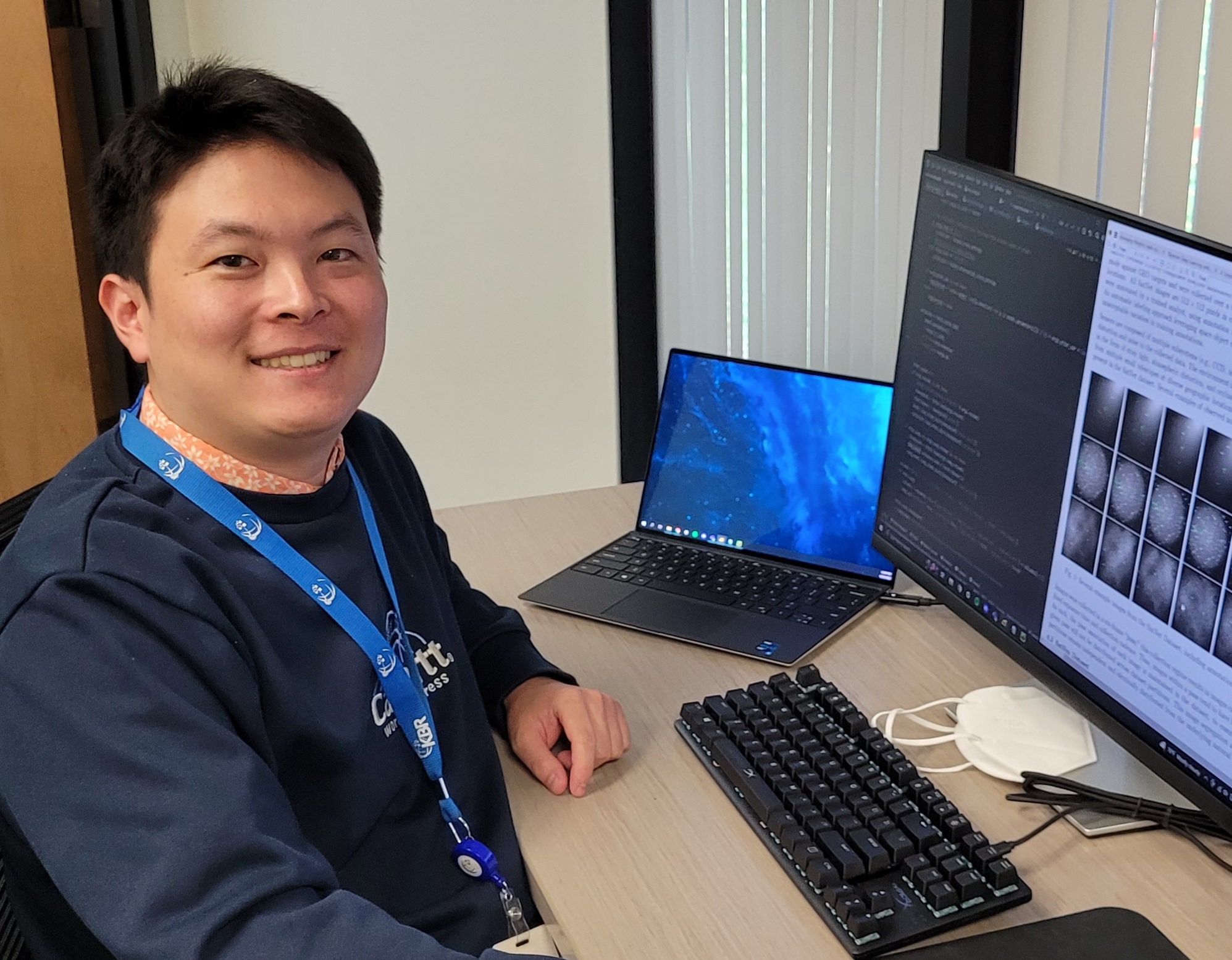
Marc Hayashi was born in Tokyo, Japan and grew up in Honolulu, HI. He is currently a student at Kapiolani Community College and is working towards a Bachelor’s degree in Computer Science at UH Manoa. Marc’s goal is to have a career in software engineering and development for Machine Learning. His hobbies include playing tennis, listening to music, and hiking.
Home Island: Oahu
High School:
Institution when accepted: Kapiolani Community College
Akamai Project: Bayesian Deep Learning: MultiSWAG Uncertainty Estimation for Satellite Object Detection
Project Site: KBR, Kihei HI
Mentor: Greg Martin
Project Abstract:
Neural Networks can be trained to classify and/or locate objects in an image. Multiple Stochastic Weighted Average Gaussian (mSWAG) applies a Bayesian methodology to a neural network and has been shown to improve the accuracy and reliably measure the uncertainty on deep neural networks that classify images. One advantage of mSWAG is that it does not require modification of the previously trained neural network and is therefore relatively easy to implement. Also, mSWAG works well on rather large neural networks where other Bayesian methods don’t perform well. mSWAG has also been shown to work well on multiple image classification networks (LeNet, VGG, ResNet, etc.) on a variety of different datasets (MNIST, CIFAR100, etc.). The original mSWAG implementation was written using a PyTorch Framework and to the best of our knowledge, mSWAG had not yet been evaluated on deep neural networks that perform object detection and localization. This project focused on implementing and evaluating mSWAG for the SatNet object detection and localization model. To accomplish this, we first needed to test the performance of mSWAG. My task was to modify the PyTorch implementation of an object detection model called YOLOv3 to be able to train/test it on the SatNet dataset. I then had to modify the original PyTorch-YOLOv3 configuration file to take in the ground truth parameters and image data from the SatNet dataset. From there, we tested the improvement of the model using the mSWAG method on the COCO and SatNet datasets. The ultimate goal is to eventually convert the mSWAG implementation from PyTorch to TensorFlow.